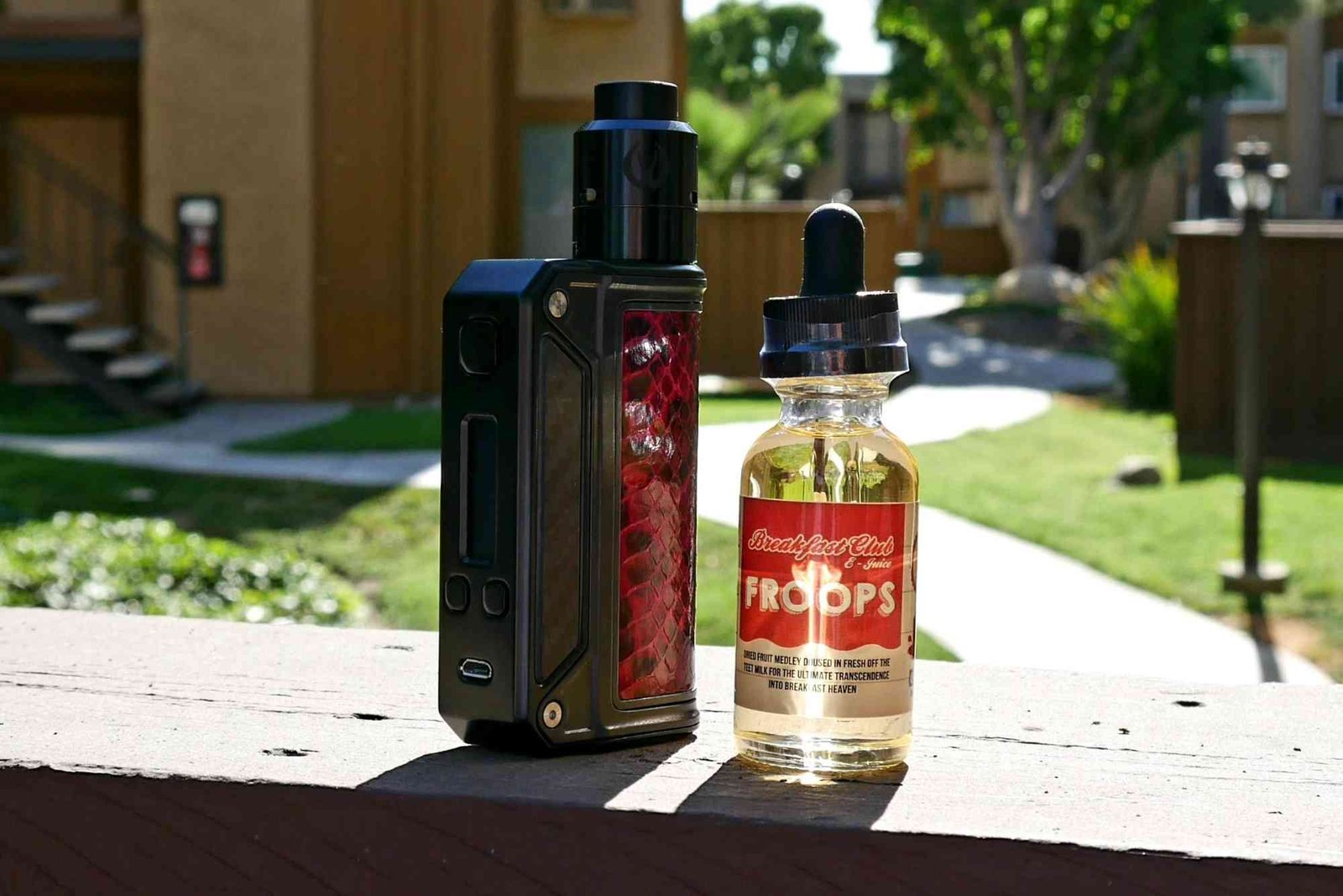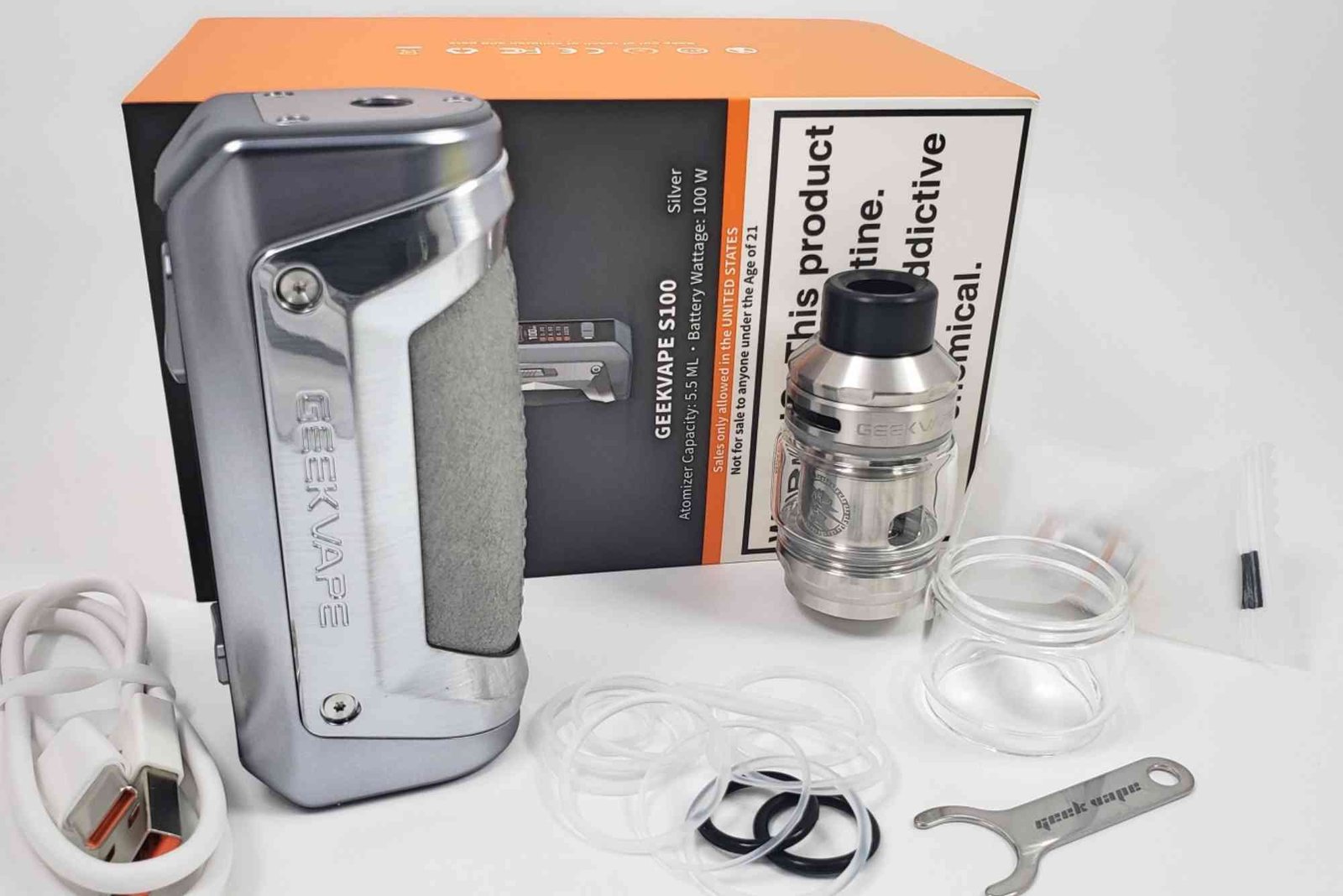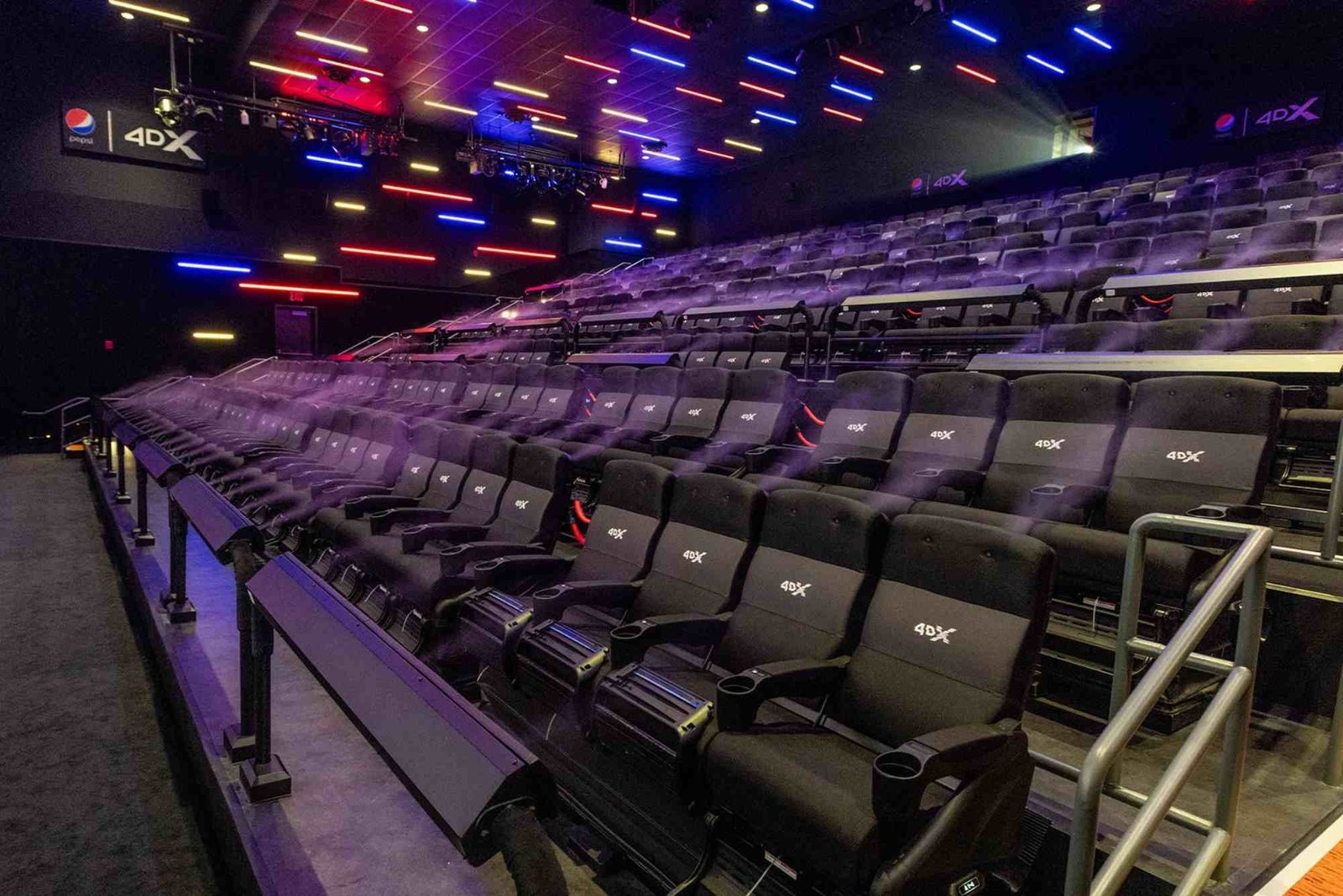What Is CTR in Digital Marketing — Practical Tips for Beginners
Understanding what CTR means in digital marketing is one of the first steps toward mastering online advertising. Whether you are running Google Ads, social media campaigns, or email marketing, CTR—short for Click-Through Rate—is a key metric that determines how effective your campaigns are at driving engagement. A higher CTR often means your content is relevant, appealing, and optimized for your audience. For beginners, knowing how to interpret and improve CTR can make the difference between a failing and a thriving campaign. Let’s dive deeper to learn about what is CTR in digital marketing and explore actionable tips that will help you increase your campaign performance from day one.
Understanding What CTR Really Means
CTR stands for Click-Through Rate. It measures the percentage of people who click on your ad, link, or call-to-action compared to how many times it’s shown. The formula is simple:
CTR = (Number of Clicks ÷ Number of Impressions) × 100
For example, if your ad receives 10 clicks and 1,000 impressions, your CTR is 1%. This percentage tells you how appealing your message is to your audience. A high CTR means people find your ad relevant, while a low CTR suggests your ad or headline might need improvement.
CTR is used across multiple marketing platforms—search ads, display ads, social media posts, and emails. In Google Ads, CTR can even affect your Quality Score, which influences your ad rank and cost per click. Understanding how CTR works can save you money and help you attract the right audience.
Why CTR Is Important in Digital Marketing
CTR is more than just a performance number—it’s a reflection of how well your marketing resonates with users. When people click on your link, they are expressing interest. That interest can lead to conversions, sales, or valuable website visits.
A good CTR indicates that your ad copy, visuals, and targeting are aligned with user intent. For instance, if you run an ad for “best running shoes” and your CTR is high, it means people searching for that term find your ad relevant. On the other hand, a low CTR may mean your ad doesn’t match what people are looking for.
In email marketing, a high CTR means your subscribers are engaging with your content. On social media, it reflects how compelling your post or visual is. Every click is an opportunity to turn potential interest into real business results.
Factors That Affect CTR
Several elements influence your click-through rate. Understanding these will help you refine your marketing efforts.
Headline and Ad Copy
Your headline is the first thing users see. It must grab attention quickly and promise value. Avoid generic phrases—use powerful, emotional, or curiosity-driven language.
Relevance of Keywords
If you are running Google Ads, targeting the right keywords is essential. Align your ad text closely with what users are searching for. This improves CTR and ensures that your ad reaches the right audience.
Visual Appeal
Images or video thumbnails can make or break CTR on social media and display campaigns. High-quality, relevant visuals tend to attract more clicks.
Call-to-Action (CTA)
Your CTA must clearly tell users what to do next. Phrases like “Learn More,” “Get Started,” or “Claim Your Offer” often perform better because they inspire action.
Ad Placement and Audience Targeting
Where your ad appears and who sees it greatly affect CTR. Showing ads to the wrong audience results in low engagement. Use detailed targeting options and data insights to reach your ideal audience.
Practical Tips to Improve CTR for Beginners
Improving CTR doesn’t require expert-level experience—just focus on small, meaningful optimizations that compound over time.
Optimize Your Headlines
Your headline should immediately capture attention and communicate the benefit. Experiment with A/B testing different variations to see what performs best. Adding numbers or power words like “proven,” “exclusive,” or “easy” often helps.
Use Clear and Compelling Descriptions
In ad copy, be specific about what you’re offering. Instead of saying “We offer digital marketing services,” say “Grow your business with affordable, expert-led digital marketing strategies.”
Improve Ad Relevance
Match your ads with user intent. If someone searches for “cheap running shoes,” they expect to see pricing details or promotions, not general shoe information.
Focus on Visual Quality
On platforms like Facebook, Instagram, or YouTube, visuals carry immense weight. Use eye-catching colors, real people, and clear branding. Test different formats—carousel ads, videos, or static images—to find what your audience prefers.
Craft Strong Calls to Action
Avoid vague CTAs. Instead of “Click Here,” use phrases that provide context, such as “Shop the Sale,” “Try It Free,” or “See How It Works.”
Leverage Emotional Triggers
People click when they feel something. Create content that inspires excitement, curiosity, or urgency. Limited-time offers, countdown timers, or emotional storytelling often increase CTR.
Optimize for Mobile Devices
Most users browse on smartphones. Ensure your ads, landing pages, and emails are mobile-friendly. A slow or cluttered design can cause users to leave before clicking.
Analyze and Adjust Regularly
Use analytics tools like Google Ads, Meta Ads Manager, or Google Analytics to monitor CTR trends. If CTR drops, identify patterns—time of day, ad copy, or audience segments—and make data-driven changes.
CTR Benchmarks by Industry
There’s no universal “good” CTR because it varies by platform and industry. For example, a 5% CTR in search ads might be excellent for finance, while 1% could be normal for B2B campaigns.
According to Think with Google, average CTRs differ widely:
-
Search Ads: Typically between 1% to 7%
-
Display Ads: Around 0.5% to 1%
-
Email Campaigns: 2% to 5%
-
Social Media Ads: 1% to 3%
Use these numbers as a guide, not a rule. Your goal is to continuously improve your own baseline CTR through testing and optimization.
Common Mistakes That Lower CTR
Many beginners unknowingly reduce their CTR by making simple errors. Avoid these pitfalls:
-
Using overly broad keywords that attract irrelevant traffic
-
Writing vague or misleading ad copy
-
Ignoring ad extensions in Google Ads (sitelinks, callouts, snippets)
-
Failing to match landing page content with ad promises
-
Neglecting A/B testing and analytics
Fixing these issues can significantly raise your CTR without increasing your budget.
How CTR Impacts SEO and ROI
CTR doesn’t justWhat Is Ctr In Digital Marketing affect paid campaigns—it also matters for organic search. A higher CTR in search results signals to Google that your page is relevant to users, which can improve rankings over time. In PPC advertising, a better CTR improves your Quality Score, lowering your cost per click (CPC). That means more clicks for the same budget.
Additionally, better CTR leads to more traffic and potentially higher conversions, improving your overall return on investment (ROI).
CTR Optimization for Different Channels
Each marketing channel has unique CTR strategies.
Search Ads
Use relevant keywords, ad extensions, and compelling headlines. Test dynamic keyword insertion to make your ads feel more personalized.
Display Ads
Focus on bold visuals and clear value propositions. Avoid cluttered designs and keep the message short.
Social Media
Test different creatives and formats. Engage with comments and feedback to build trust and increase future clicks.
Email Marketing
Personalize subject lines and preview text. Segment your audience to send more relevant content that encourages clicks.
Tracking and Measuring CTR Performance
Use tools like Google Ads, Facebook Ads Manager, or HubSpot to monitor CTR. Pay attention not only to averages but also to trends over time. If one ad consistently performs better, study what makes it work and replicate that strategy elsewhere.
CTR is one of the most vital metrics in digital marketing, revealing how well your content attracts and engages audiences. By improving your headlines, ad relevance, visuals, and CTAs, you can significantly boost your click-through rates and overall campaign success. For beginners, the key is to keep testing, analyzing, and adapting—every click provides valuable feedback.
To dive deeper into the concept, you can learn about what is CTR in digital marketing and discover more strategies that help improve your marketing performance. If you’re eager to enhance your skills further, browse more marketing & advertising articles that cover the latest trends, insights, and tools. Remember, mastering CTR is not about quick fixes—it’s about understanding your audience and delivering value every time they see your content.
Frequently Asked Questions
What is a good CTR in digital marketing?
A good CTR depends on your industry and platform. Generally, 2–5% is considered strong for search and email campaigns.
How can I increase my CTR on Google Ads?
Write compelling ad copy, use ad extensions, test different CTAs, and ensure your landing page matches the ad’s message.
Does CTR affect SEO ranking?
Yes, indirectly. Higher CTRs can signal relevance to Google, which may improve your ranking over time.
Why is my CTR so low?
Low CTR usually indicates poor targeting, weak ad copy, or irrelevant keywords. Review your analytics to identify where users lose interest.
How do visuals influence CTR?
Strong visuals attract attention and build trust. High-quality images, videos, or graphics can significantly improve click-through rates.









